Meaning: by; for; in; using; with
Grammar Point
Noun + で is used to indicate the tool, instrument, means, or language used to perform an action.
It can also indicate the means of transportation.
Common patterns: transportation + で + place + verb / tool + で + object + verb / language + で + verb.
Formation:
Noun + で
日本語 / にほんご / Japanese
(1) 私は電車で町に行く / 行きます。
(2) 弟は自転車で川に行く / 行きます。
(3) 母は鉛筆で手紙を書く/書きます。
(4) 母ははさみで紙を切る/切ります。
(5) 彼はスプーンでスープを飲む/飲みます。
(6) 妹はフォークでケーキを食べる/食べます。
(7) 父は日本語で先生と話す/話します。
(8) 友達は英語で歌う/歌います。
ことばと表現 / Words & Expressions
電車【でんしゃ densya】train
町【まち mati】town
自転車【じてんしゃ zitensya】bicycle
川【かわ kawa】river
鉛筆【えんぴつ enpitu】pencil
手紙【てがみ tegami】letter
はさみ【はさみ hasami】scissors
紙【かみ kami】paper
切る【きる kiru】to cut
スプーン【すぷーん supuun】spoon
スープ【すーぷ suupu】soup
飲む【のむ nomu】to drink
フォーク【ふぉーく fôku】fork
ケーキ【けーき keeki】cake
英語【えいご eigo】English (language)
歌う【うたう utau】to sing
英語 / えいご / English
(1) I go to the town by train.
(2) My younger brother goes to the river by bicycle.
(3) My mother writes a letter with a pencil.
(4) My mother cuts paper with scissors.
(5) He drinks soup with a spoon.
(6) My younger sister eats cake with a fork.
(7) My father talks with the teacher in Japanese.
(8) My friend sings in English.
ひらがな / Hiragana
(1) わたしは でんしゃで まちに いく / いきます。
(2) おとうとは じてんしゃで かわに いく / いきます。
(3) ははは えんぴつで てがみを かく / かきます。
(4) ははは はさみで かみを きる / きります。
(5) かれは すぷーんで すーぷを のむ / のみます。
(6) いもうとは ふぉーくで けーきを たべる / たべます。
(7) ちちは にほんごで せんせいと はなす / はなします。
(8) ともだちは えいごで うたう / うたいます。
ローマ字 / Roman characters
(1) Watasi wa densya de mati ni iku / ikimasu.
(2) Otouto wa jitensya de kawa ni iku / ikimasu.
(3) Haha wa enpitu de tegami o kaku / kakimasu.
(4) Haha wa hasami de kami o kiru / kirimasu.
(5) Kare wa supuun de suupu o nomu / nomimasu.
(6) Imouto wa fooku de keeki o taberu / tabemasu.
(7) Chichi wa nihongo de sensei to hanasu / hanasimasu.
(8) Tomodati wa eigo de utau / utaimasu.



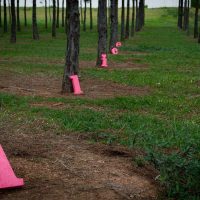




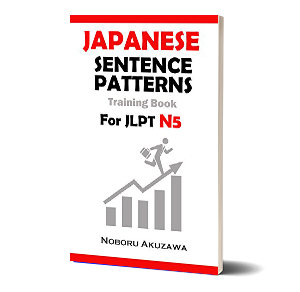
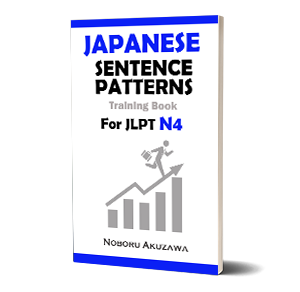
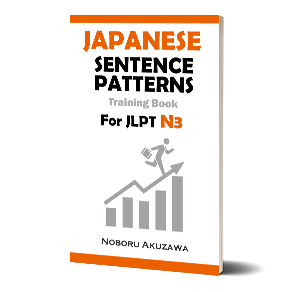
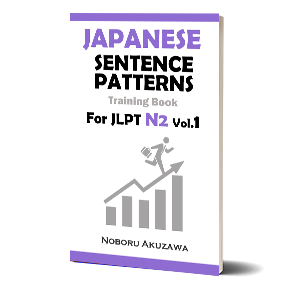
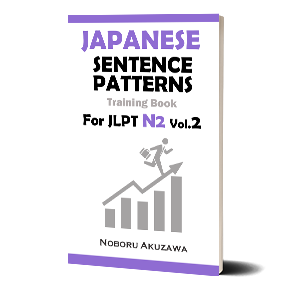

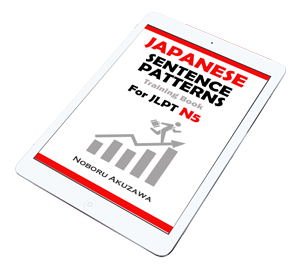
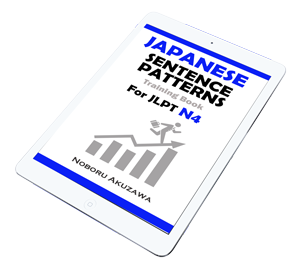
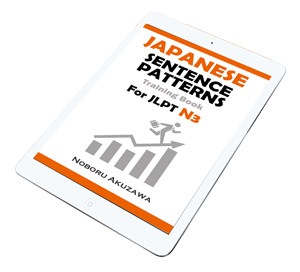

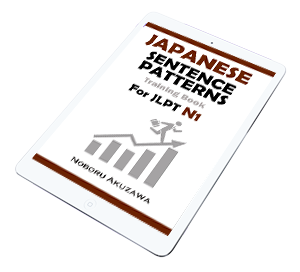









No comments yet.